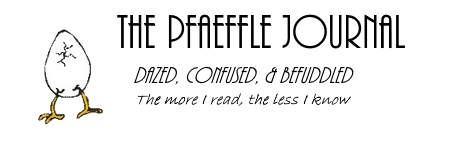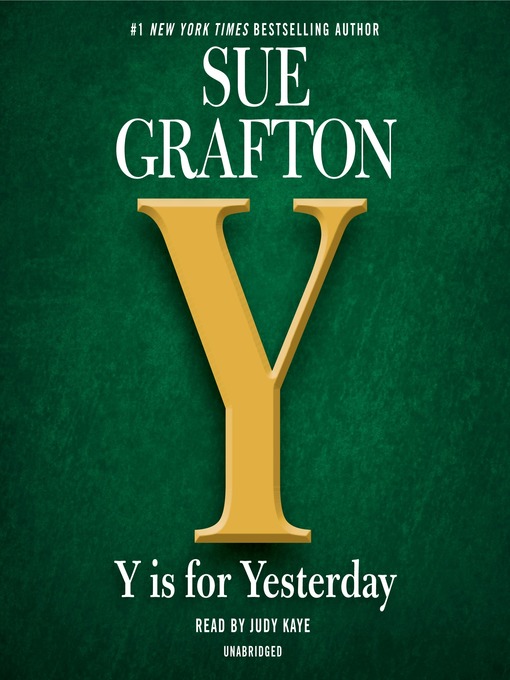 An American Sickness: How Healthcare Became Big Business and How You Can Take It Back
An American Sickness: How Healthcare Became Big Business and How You Can Take It Back by
Elisabeth Rosenthal Published by Books on Tape on
April 11th 2017 See it @ Goodreads Synopsis
A New York Times bestseller.
At a moment of drastic political upheaval, An American Sickness is a shocking investigation into our dysfunctional healthcare system - and offers practical solutions to its myriad problems.
In these troubled times, perhaps no institution has unraveled more quickly and more completely than American medicine. In only a few decades, the medical system has been overrun by organizations seeking to exploit for profit the trust that vulnerable and sick Americans place in their healthcare. Our politicians have proven themselves either unwilling or incapable of reining in the increasingly outrageous costs faced by patients, and market-based solutions only seem to funnel larger and larger sums of our money into the hands of corporations. Impossibly high insurance premiums and inexplicably large bills have become facts of life; fatalism has set in. Very quickly Americans have been made to accept paying more for less. How did things get so bad so fast?
Breaking down this monolithic business into the individual industries--the hospitals, doctors, insurance companies, and drug manufacturers--that together constitute our healthcare system, Rosenthal exposes the recent evolution of American medicine as never before. How did healthcare, the caring endeavor, become healthcare, the highly profitable industry? Hospital systems, which are managed by business executives, behave like predatory lenders, hounding patients and seizing their homes. Research charities are in bed with big pharmaceutical companies, which surreptitiously profit from the donations made by working people. Patients receive bills in code, from entrepreneurial doctors they never even saw.
The system is in tatters, but we can fight back. Dr. Elisabeth Rosenthal doesn't just explain the symptoms, she diagnoses and treats the disease itself. In clear and practical terms, she spells out exactly how to decode medical doublespeak, avoid the pitfalls of the pharmaceuticals racket, and get the care you and your family deserve. She takes you inside the doctor-patient relationship and to hospital C-suites, explaining step-by-step the workings of a system badly lacking transparency. This is about what we can do, as individual patients, both to navigate the maze that is American healthcare and also to demand far-reaching reform. An American Sickness is the frontline defense against a healthcare system that no longer has our well-being at heart.
An American Sickness is a frightening book as it lays out how dysfunctional the US medical system has become.
Overall, CMS projected that total health care spending for 2016 reached nearly $3.4 trillion, up 4.8 percent from 2015. According to CMS, U.S. health care spending is projected to reach nearly $5.5 trillion by 2025. The agency attributed the increase in large part to the United States’ aging population and rising prices for health care services.
According to the report, national health care spending is projected to outpace growth in the United States’ Gross Domestic Product (GDP) by 1.2 percentage points. As a result, CMS estimated that health care spending will account for 19.9 percent of GDP by 2025, up from 17.8 percent in 2015.[1. CMS: US health care spending to reach nearly 20% of GDP by 2025 ]
Rosenthal lists of 10 Economic Rules that she sees govern the Dysfunctional U.S. Medical Market.
- More treatment is always better. Default to the most expensive option.
- A lifetime of treatment is preferable to a cure.
- Amenities and marketing matter more than good care.
- As technologies age, prices can rise rather than fall.
- There is no free choice. Patients are stuck. And they’re stuck buying American.
- More competitors vying for business doesn’t mean better prices; it can drive prices up, not down.
- Economies of scale don’t translate to lower prices.
- There is no such thing as a fixed price for a procedure or test. And the uninsured pay the highest prices of all.
- There are no standards for billing. There’s money to be made in billing for anything and everything.
- Prices will rise to whatever the market will bear. The mother of all rules!
Through out the book she refers to these rules, as she educates on out of network fees, facility fees, old drugs that become exorbitantly expensive for no other reason than profit. Tests, Electronic Medical Records, pharmaceuticals, billing codes have all become a way to ease more money out of us with not relate improvement in medical care.
The book is overwhelming in its look at the current medical system in the United States, the Republicans want to cut back on both private and government insurances, telling us that we need to shop around for the best price (which isn’t always possible) and totally impractical with the current system. While health care might be more readily available in say Marin County, California health care may be very limited in say Bonner’s County, Idaho.
It is a fascinating book, for me it made it all the more clear that a single payer system would be best. That getting sick in this country is scary, I don’t really see the suggestions for taking back our medical system working out any time in the near future. I do not trust politicians to be doing what is best for patients, business interests will always come first. Despite what Raul Ryan keeps telling us Medicare is not going broke today or tomorrow and there are methods to fix it.
About Elisabeth Rosenthal

Dr. Elisabeth Rosenthal was for twenty-two years a reporter, correspondent, and senior writer at The New York Times before becoming the editor in chief of Kaiser Health News, an independent journalism newsroom focusing on health and health policy. She holds an MD from Harvard Medical School, trained in internal medicine, and has worked as an ER physician. She lives in New York City and Washington, DC.
Website | Blog | Twitter | Facebook




